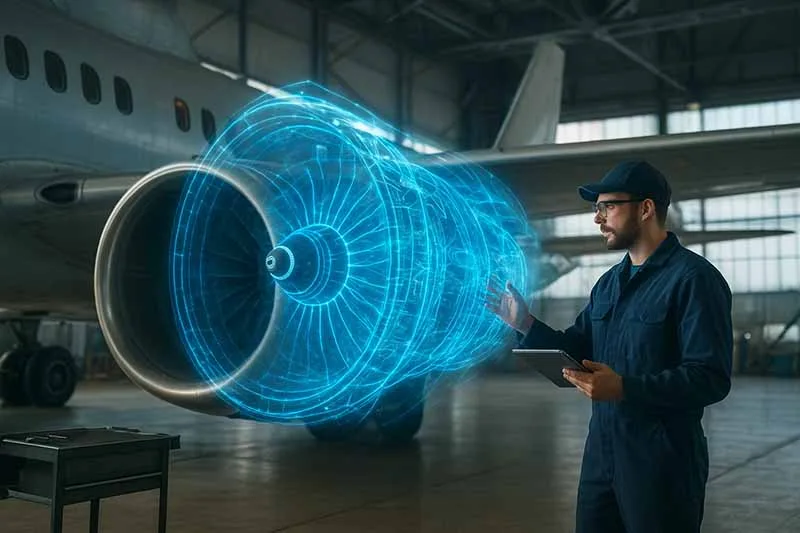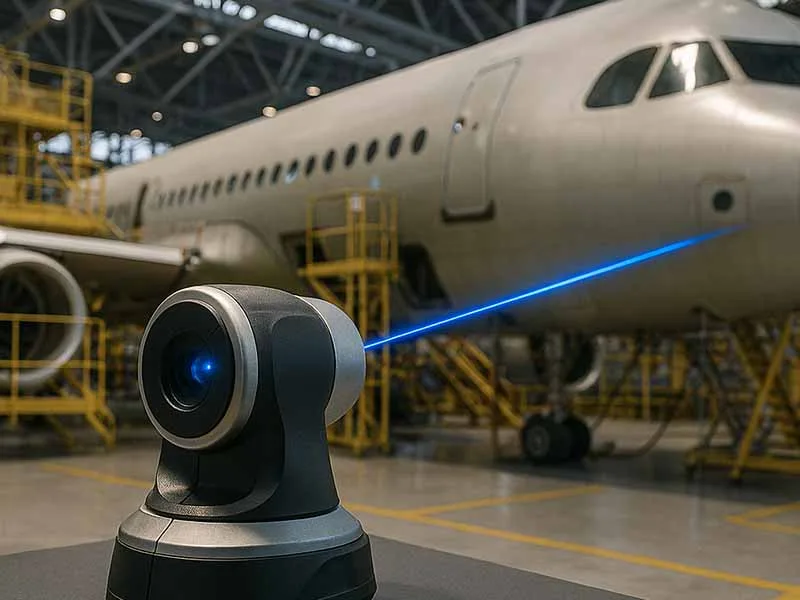Why Industrial Tools Are Critical in Aviation and Aerospace?
Aviation and aerospace industries are built on precision, safety, and reliability. Every component of an aircraft – from the tiniest rivet to the largest jet engine – relies on industrial tools for its creation, maintenance, and testing. Without these tools, airplanes couldn’t fly, rockets couldn’t launch, and satellites couldn’t orbit our planet.
In this post, we’ll explore the types of industrial tools used in aviation and aerospace, their applications, advantages, and drawbacks. We’ll also cover key features, technical specifications, and answer common questions.
Key Categories of Industrial Tools in Aviation and Aerospace
1. Precision Machining Tools
Aircraft components require tolerances measured in microns. CNC milling machines, lathes, and grinding systems are vital in producing turbine blades, landing gear, and cockpit instruments.
- Key Feature: Ultra-high precision, often up to ±0.001 mm.
- Challenge: High setup and maintenance costs.
2. Aerospace Fastening and Assembly Tools
Aircraft structures depend heavily on rivets, bolts, and fasteners. Specialized pneumatic rivet guns and torque-controlled wrenches ensure joints withstand extreme forces.
- Key Feature: Ergonomic designs to reduce fatigue for technicians.
- Challenge: Miscalibration can lead to catastrophic safety risks.
3. Non-Destructive Testing (NDT) Equipment
Ultrasound, radiography, and eddy current testing tools detect cracks, fatigue, or corrosion without damaging the aircraft.
- Key Feature: Provides safety validation without part removal.
- Challenge: Requires skilled operators and ongoing certification.
4. Composite Material Tools
Modern aircraft use carbon fiber and composites for lighter weight and fuel efficiency. Specialized cutting, curing, and bonding tools are essential.
- Key Feature: High-temperature curing ovens and autoclaves.
- Challenge: Expensive equipment and strict handling protocols.
5. Ground Support and Calibration Tools
From hydraulic jacks to avionics calibration systems, these tools keep aircraft in top shape between flights.
- Key Feature: Portable and robust for field use.
- Challenge: Calibration drift can lead to inaccurate readings.
Technical Specifications That Matter
When evaluating industrial tools for aviation, some technical specs stand out:
- Accuracy: CNC tools with tolerances up to ±0.001 mm.
- Torque Range: Aerospace torque wrenches up to 1,000 Nm.
- Load Capacity: Hydraulic jacks lifting 100+ tons.
- Temperature Resistance: Composite curing ovens exceeding 400°C.
- Certification: Tools must comply with AS9100, ISO, and FAA standards.
Pros and Cons of Industrial Tools in Aviation
Advantages:
- Enable ultra-high precision manufacturing.
- Improve safety through rigorous testing and calibration.
- Support innovation with new materials like composites and alloys.
- Reduce downtime with advanced ground support tools.
Disadvantages:
- High purchase and maintenance costs.
- Require highly skilled operators and certification.
- Misuse or miscalibration can cause serious safety hazards.
- Rapid obsolescence with evolving aerospace technologies.
Interesting Facts
Funny Fact: The torque wrenches used in aerospace are so precise that some are nicknamed “million-dollar screwdrivers” because a single miscalibrated bolt could ground a $200 million aircraft.
Lesser-Known Fact: NASA and major airlines sometimes use ultrasonic toothbrush-like devices to clean jet engine turbine blades – a method inspired by dental hygiene technology!
Industrial Tools in Aviation and Aerospace FAQ
Read More About Aerospace
- Torque Wrenches in Aviation – Case Studies on Safety
- Aerospace Fasteners: Precision, Weight & Vibration Resistance
Conclusion: The Future of Industrial Tools in Aviation and Aerospace
Industrial tools aren’t just supporting players in aviation and aerospace – they’re the unsung heroes that make flight possible. From building satellites that orbit Earth to ensuring commercial planes land safely, these tools combine science, precision, and human skill.
As aerospace technology evolves, the demand for smarter, more sustainable, and AI-assisted industrial tools will continue to grow. Companies investing in these tools today are securing the future of safer, faster, and greener flight.
💬 Your Turn:
Have you worked with or experienced industrial tools in aviation or aerospace? Share your insights, stories, or even funny tool mishaps in the comments below. And if you found this post helpful, don’t forget to share it on social media so others can join the conversation.





